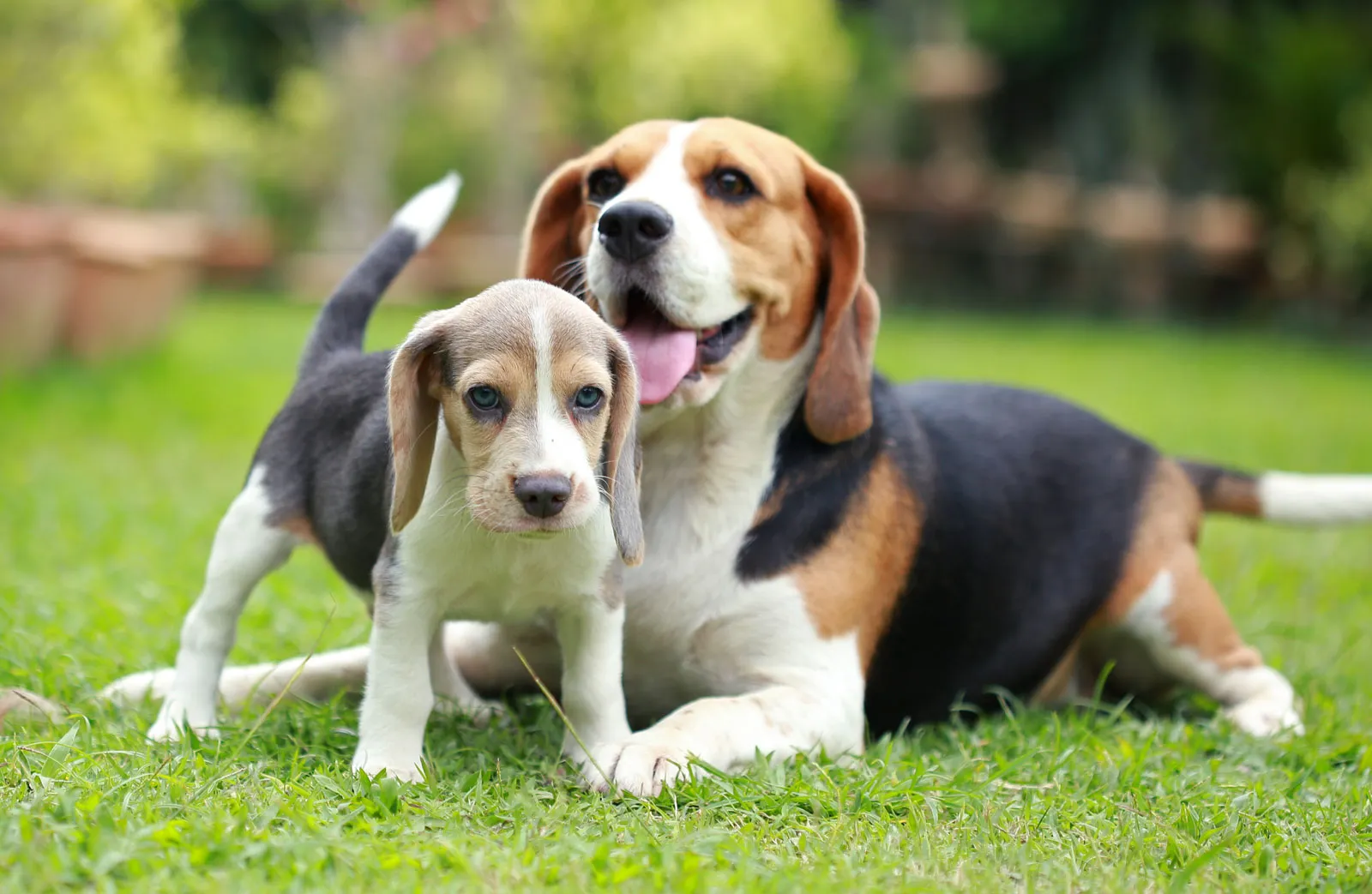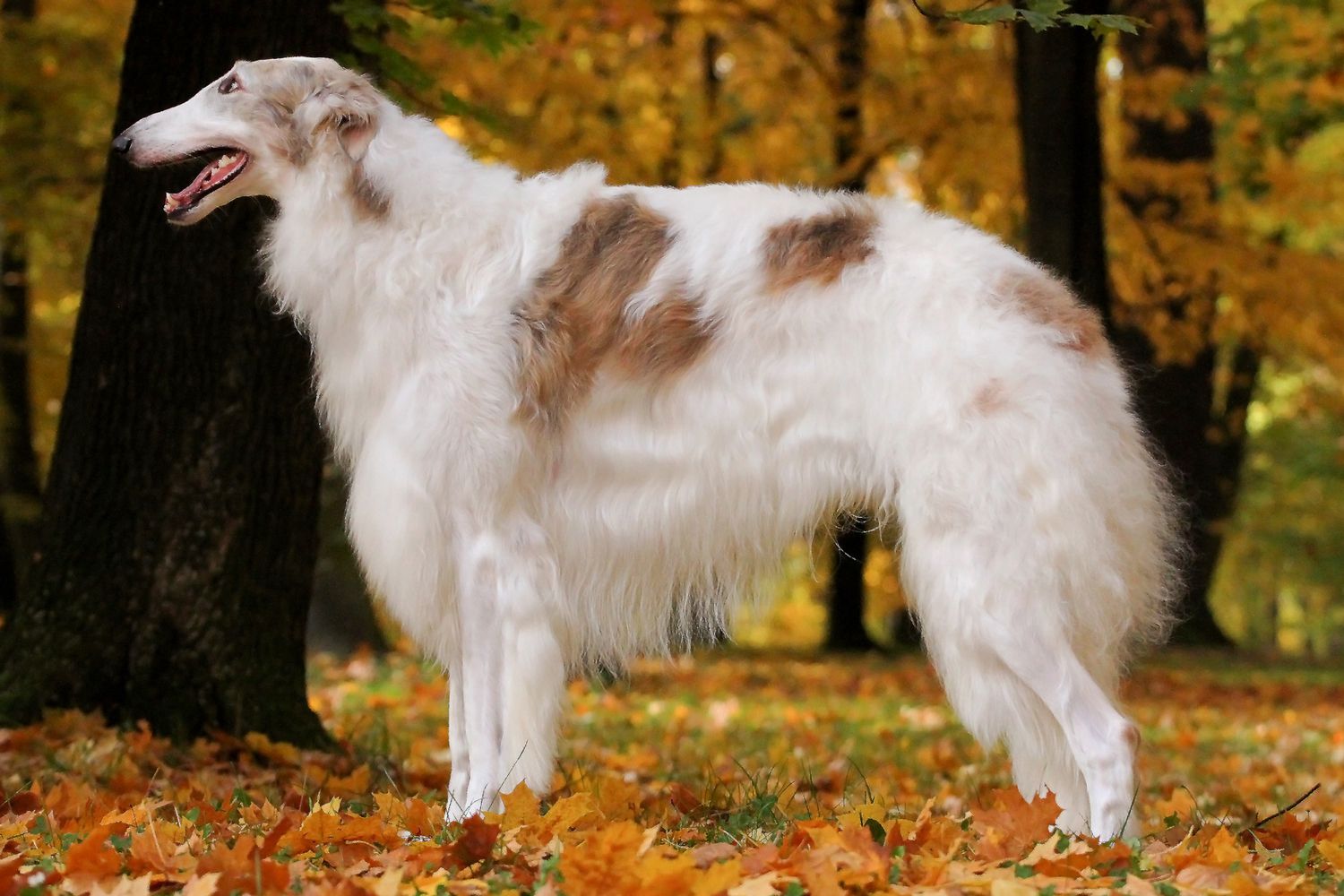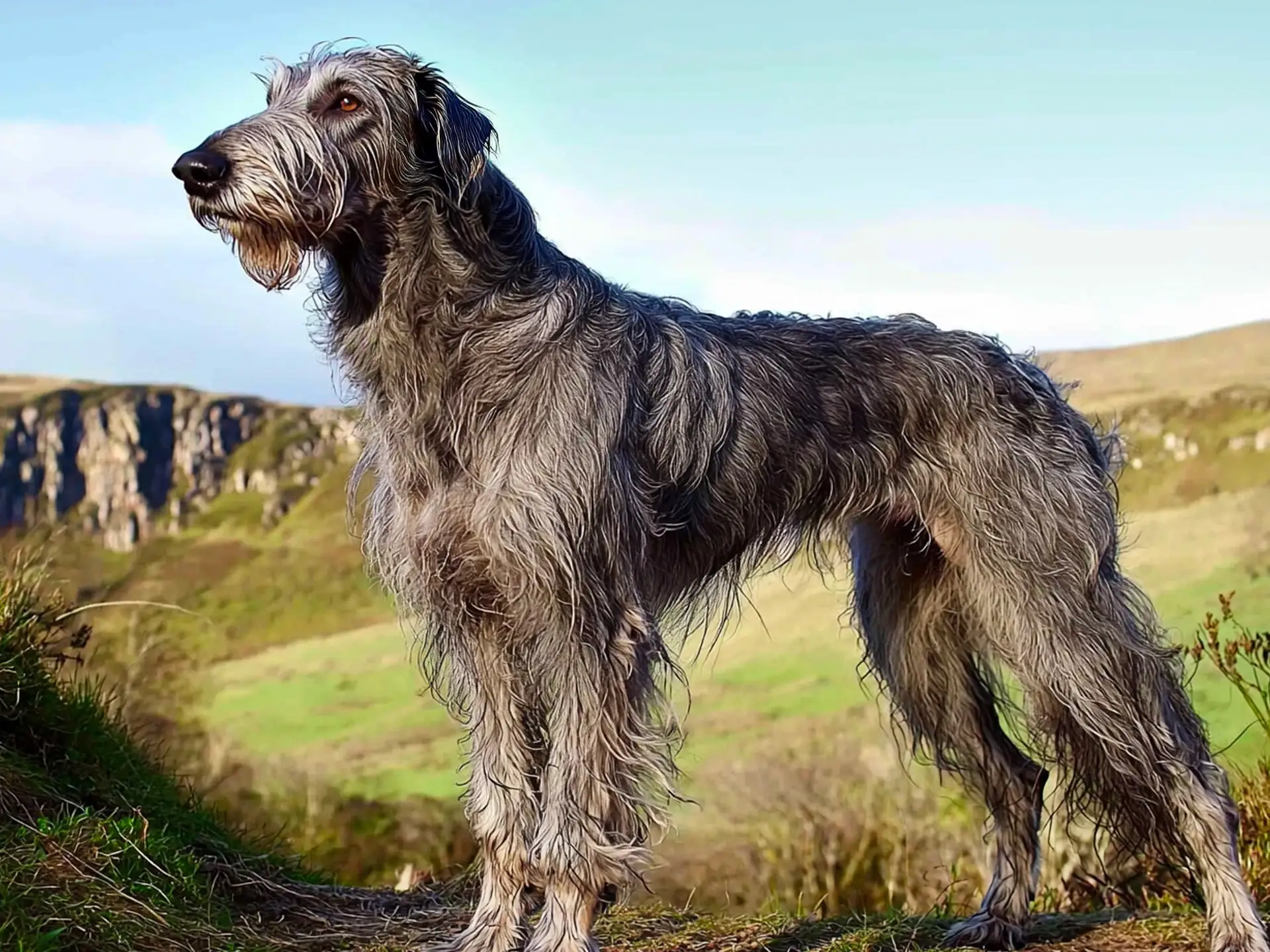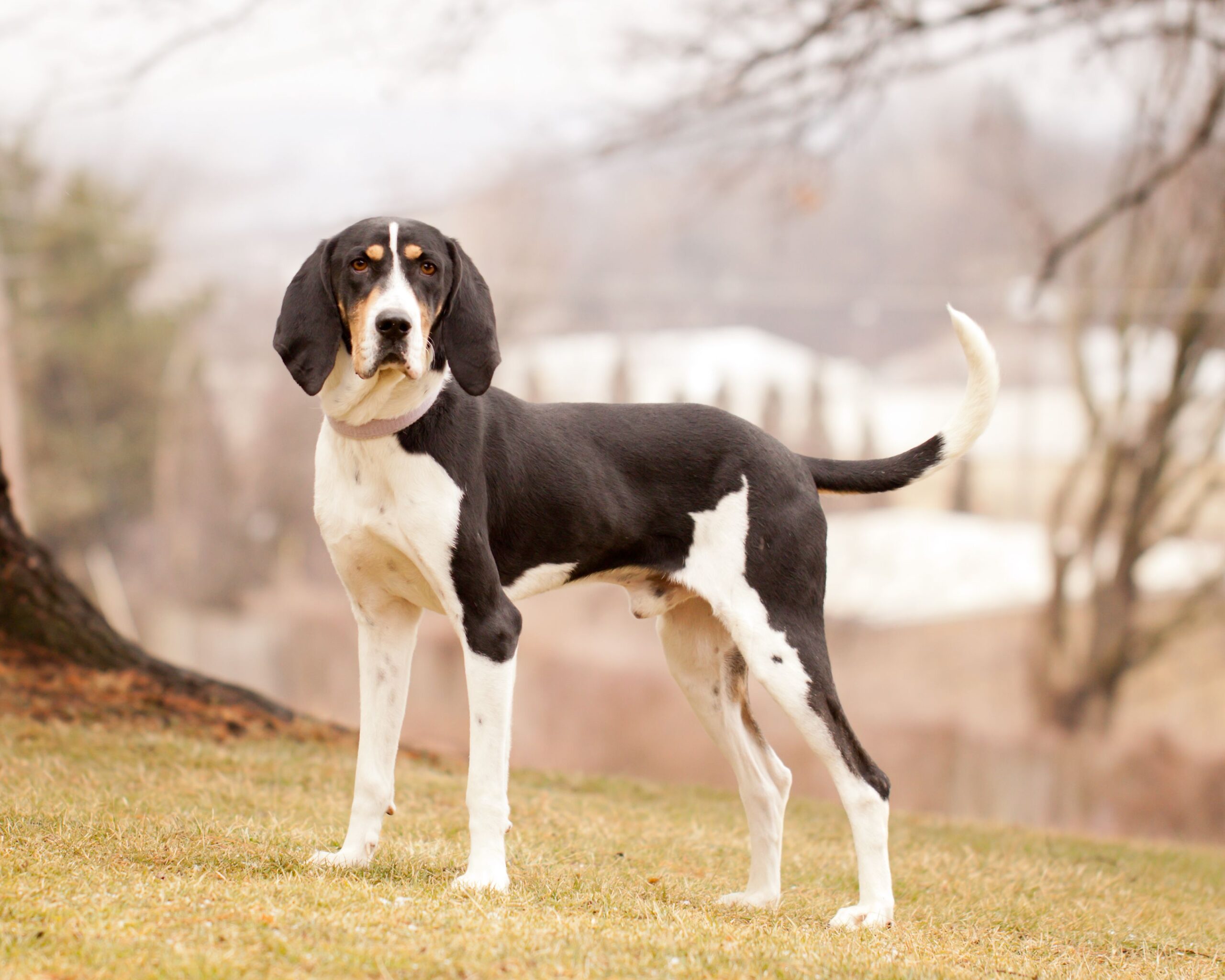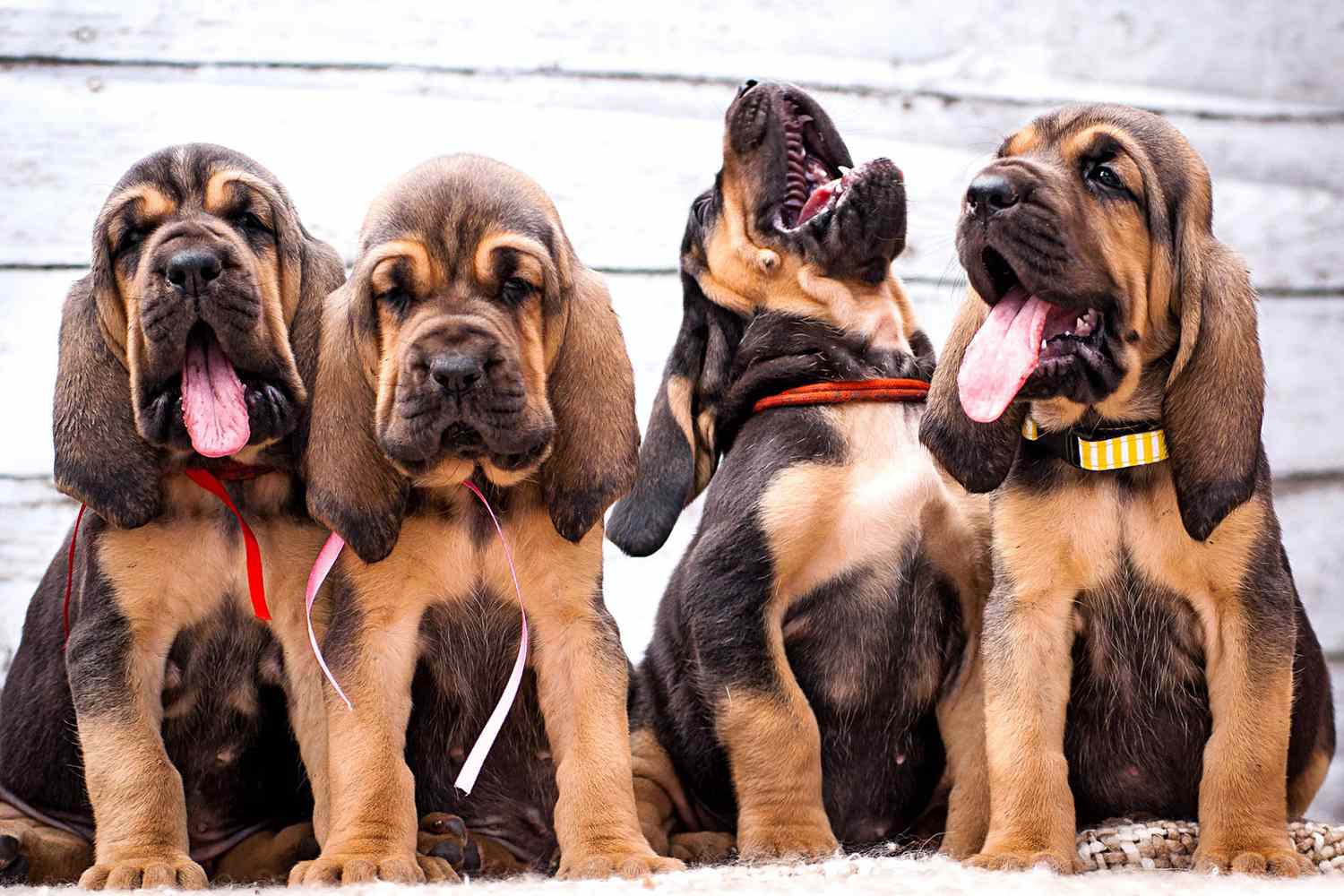I’ll never forget the first time I locked eyes with Charlie, my sister’s Beagle. Those soulful brown eyes, the wagging tail that seemed physically incapable of staying still, and that signature howl that announced his excitement to see me. It was love at first sight, and within minutes, I was on the floor getting my face thoroughly licked while wondering how soon I could get a Beagle of my own.
If you’re considering adding a furry friend to your family, the Beagle deserves a serious spot on your shortlist. These compact, cheerful hounds pack so much personality into their small frames that it’s no wonder they consistently rank among America’s most popular dog breeds. From their adorable appearance to their friendly temperaments, Beagles have a special way of stealing hearts and becoming the center of their families’ universes.
But beyond those irresistible puppy dog eyes lies a breed with a fascinating history, distinct personality traits, and specific care needs that any potential Beagle parent should understand. Whether you’re actively looking to add a Beagle to your home or just curious about these charismatic canines, I’m here to dish the real tea on everything Beagle-related – from their ancient hunting roots to their modern-day reputation as ideal family companions.
So grab your favorite beverage, get comfy, and let’s dive into the wonderful world of Beagles – a breed that’s been making humans smile for centuries with their playful antics and heart-melting expressions!
A Rich History: From Royal Hunting Grounds to Family Living Rooms
Ancient Beginnings
Beagles aren’t exactly new kids on the block when it comes to the canine world. Their history stretches back thousands of years, with ancestral hound-type dogs appearing in historical records as far back as Ancient Greece! Documents from the 5th century BCE mention small hounds used for hunting, which many historians believe were early predecessors to today’s Beagle.
The development of the modern Beagle we know and love really began to take shape in England during the Roman times and the Middle Ages. English hunters needed small, sturdy dogs that could track rabbits and hares through various terrains. These early hunting packs consisted of dogs known as “Glove Beagles” (small enough to fit in a glove) and “Pocket Beagles” (tiny enough to fit in a coat pocket or saddlebag).
One of the most famous Beagle enthusiasts was none other than Queen Elizabeth I, who kept packs of miniature Beagles standing less than 9 inches tall. She lovingly called them her “singing Beagles” for their melodious howls and reportedly even entertained guests by allowing these tiny hounds to scamper across the royal dining table. Talk about a dinner party conversation starter!
The Modern Beagle Takes Shape
The Beagle breed as we recognize it today began to be standardized in the 1830s in Great Britain. Reverend Phillip Honeywood established a breeding program in Essex, England, focusing on developing smaller hounds with exceptional hunting abilities. These dogs formed the foundation for the modern Beagle’s appearance and temperament.
Beagles arrived in America shortly before the Civil War and quickly gained popularity for their hunting prowess and friendly nature. The American Kennel Club officially recognized the breed in 1885, and a Beagle named Blunder became the first of his breed to be registered in the United States.
By the mid-20th century, Beagles had firmly established themselves in American culture, appearing in Norman Rockwell paintings that depicted idyllic American life. And of course, we can’t talk about famous Beagles without mentioning the world’s most recognizable cartoon dog – Snoopy from Charles Schulz’s “Peanuts” comic strip, who brought Beagle charm to millions of households across the globe.
Today, Beagles serve in many roles beyond hunting companions. Their incredible sense of smell makes them invaluable detection dogs at airports, where the “Beagle Brigade” works for the U.S. Department of Agriculture to sniff out prohibited food items. From royal hunting companions to beloved family pets to working professionals, Beagles have proven themselves to be one of the most versatile and enduring breeds in canine history!
Physical Characteristics: Compact, Sturdy, and Unmistakably Beagle
Size and Appearance
Beagles come in two size varieties according to the American Kennel Club standard: those under 13 inches tall at the shoulder and those between 13-15 inches. Weight-wise, they typically range from 18-30 pounds, making them a perfect “medium-small” dog – not too big, not too tiny. Their compact size is one reason they adapt well to various living situations, from suburban homes with yards to apartment living (with sufficient exercise, of course!).
What makes a Beagle instantly recognizable? Start with that distinctive head – slightly domed with a square muzzle and long, velvety ears that practically beg to be petted. Their expressive brown or hazel eyes have an almost pleading quality that has helped the breed perfect the art of the “puppy dog eyes.” Trust me, those eyes are powerful weapons when it comes to convincing you to share your snack!
Beagles have muscular, solid bodies with straight backs, deep chests, and moderately long tails that are usually carried high and slightly curved. They were built for endurance rather than speed – perfect for following scent trails for hours. Despite their small stature, they’re sturdy dogs with surprising strength for their size.
That Classic Beagle Coat
When it comes to their coat, Beagles keep it simple but striking. They have a short, dense double coat that feels firm to the touch and provides protection from the elements. While the tricolor pattern of black, white, and tan is perhaps the most recognizable Beagle coloration, the breed standard actually allows for any true hound color.
Other common color combinations include:
- Lemon and white
- Red and white
- Orange and white
- Brown and white
- Blue tick (a mottled pattern)
Many Beagles have distinctive markings that add to their charm, like a white-tipped tail (helpful for spotting them in tall grass during hunts) and that classic “blanket” of color over their backs. No matter the color combination, a Beagle’s coat has a naturally tidy appearance that contributes to their perpetually ready-for-anything look!
Personality & Temperament: The Heart and Soul of the Beagle
Merry, Friendly, and Full of Life
If I had to describe the quintessential Beagle personality in one word, it would be “joyful.” These dogs approach life with a level of enthusiasm that’s genuinely contagious. The American Kennel Club describes the Beagle as “merry” in their breed standard, and anyone who’s spent time with these happy-go-lucky hounds knows that’s spot on!
Beagles are incredibly social creatures who love being part of the action. This makes sense when you consider their history as pack hunters – they’re genetically programmed to enjoy company, whether canine or human. A lonely Beagle is usually an unhappy Beagle, which is why they typically thrive in homes where they have plenty of interaction and aren’t left alone for extended periods.
Their friendly, outgoing nature makes Beagles excellent family dogs. They’re patient with children and generally get along wonderfully with other pets (though their hunting instincts may kick in around small animals like rabbits or hamsters). They’re not typically aggressive or suspicious of strangers – in fact, many Beagles will happily greet anyone who comes to the door as if they’re a long-lost friend coming specifically to visit them!
Intelligence and Training Considerations
Beagles are undeniably intelligent dogs, but their smarts come with an independent streak that can sometimes be mistaken for stubbornness. Remember, these dogs were bred to follow scent trails and make decisions on their own while hunting. This independent thinking can make training a bit more challenging than with some other breeds who live to please their humans.
The key to successful Beagle training is understanding what motivates them – and for most Beagles, that’s food! These dogs are notorious chow hounds who will work enthusiastically for treats. Positive reinforcement training methods work best with Beagles, as they respond poorly to harsh corrections or intimidation tactics.
One training challenge specific to Beagles is their powerful nose. When a Beagle catches an interesting scent, the rest of the world (including your commands) can quickly fade into the background. This “selective hearing” is why Beagles should never be off-leash in unsecured areas – their nose can lead them into adventures far from home, with little regard for traffic or other dangers.
Vocalization: The Beagle Symphony
Let’s talk about that distinctive Beagle voice! As scent hounds, Beagles were bred to vocalize when they picked up a trail or cornered prey, alerting hunters to their location. This means modern Beagles come hardwired with an impressive vocal range, from standard barks to melodious baying and howling.
While this trait made them excellent hunting companions, it can be challenging in suburban neighborhoods or apartment living. Beagles may howl when they’re bored, lonely, excited, or simply when they hear a triggering sound (like a siren or another dog barking). Training can help manage excessive vocalization, but potential Beagle owners should be prepared for a dog that’s not afraid to express itself!
Despite these quirks, Beagles remain beloved companions because their occasional stubbornness and loudness are far outweighed by their affectionate nature, playful spirit, and unwavering loyalty. When a Beagle looks at you with those soulful eyes or cuddles up next to you on the couch, it’s pretty much impossible not to forgive them for any mischief they might have gotten into earlier!
Living With a Beagle: Care and Requirements
Exercise Needs: Working Off That Energy
Don’t let their small size fool you – Beagles are energetic dogs with significant exercise requirements. These are hounds bred for endurance, capable of trailing scents for hours. Without adequate physical activity, that energy gets redirected into less desirable behaviors like excessive barking, digging, or destructive chewing.
A healthy adult Beagle needs at least an hour of exercise daily, ideally split between walks and more vigorous play. Beagles love games that engage their natural instincts, like fetch or scent-based activities. A securely fenced yard is ideal for a Beagle to explore safely, as their curious noses can lead them to wander if given the opportunity.
Mental stimulation is just as important as physical exercise for these intelligent dogs. Puzzle toys, training sessions, and nose work games can help keep your Beagle’s mind engaged and prevent boredom. A tired Beagle is generally a well-behaved Beagle, so investing time in proper exercise pays dividends in your dog’s overall behavior and happiness.
Grooming: Surprisingly Low-Maintenance
Good news for busy owners – Beagles are relatively low-maintenance in the grooming department! Their short, dense coat naturally repels dirt and doesn’t require professional grooming or haircuts. Despite this easy-care coat, Beagles do shed moderately year-round, with heavier seasonal shedding in spring and fall.
A weekly brushing session with a medium-bristle brush or grooming mitt will help remove loose hair and keep your Beagle’s coat looking its best. During heavy shedding periods, you might want to step up the brushing to a few times a week to get ahead of the hair that would otherwise end up on your furniture and clothes.
While Beagles don’t need frequent baths (every 4-6 weeks is plenty unless they get into something particularly smelly), they do need regular attention to their ears. Those adorable long, floppy ears can trap moisture and debris, making Beagles prone to ear infections. Weekly ear checks and cleaning with a veterinarian-approved solution can prevent problems.
Other routine care includes regular nail trims (usually every 3-4 weeks), dental care to prevent periodontal disease, and occasional checks of their eyes for any signs of irritation or infection. Overall, Beagles are wash-and-wear dogs that don’t require elaborate grooming routines – perfect for owners who prefer spending time playing with their dog rather than primping them!
Health Considerations
Beagles are generally healthy dogs with an average lifespan of 10-15 years. However, like all breeds, they have certain health issues that potential owners should be aware of. Common concerns in the breed include:
- Obesity: Beagles love food and will often overeat if given the chance. Their tendency to gain weight can lead to other health problems, so portion control is essential.
- Ear infections: Their long, floppy ears can trap moisture, leading to infections if not kept clean and dry.
- Epilepsy: Seizure disorders can affect Beagles, though they can often be managed with medication.
- Hypothyroidism: An underactive thyroid gland can cause weight gain, lethargy, and skin problems.
- Hip dysplasia: This joint malformation can cause pain and mobility issues as dogs age.
- Eye conditions: Various eye problems can affect Beagles, including glaucoma and progressive retinal atrophy.
Working with a reputable breeder who performs health testing on their breeding stock can reduce the risk of these issues. Regular veterinary check-ups, proper nutrition, and adequate exercise are key components of keeping your Beagle healthy throughout their life.
Is a Beagle Right for You?
Ideal Homes and Owners
Beagles can thrive in many different living situations when their needs are properly met. They make excellent family dogs and tend to be particularly good with children due to their patient, playful nature. Their moderate size means they can adapt to apartment living, provided they get sufficient daily exercise and mental stimulation.
The ideal Beagle owner is someone who:
- Has time for daily walks and play sessions
- Wants an active companion for outdoor adventures
- Enjoys a dog with personality and spirit
- Has a sense of humor about occasional mischief
- Is home relatively often or can arrange for company for their dog
- Doesn’t mind some barking and shedding
Beagles are particularly well-suited to active families who can involve them in daily activities and ensure they get plenty of interaction with their human pack members.
Challenges to Consider
While Beagles make wonderful companions for many people, they’re not the perfect match for every lifestyle. Some challenges to consider before bringing a Beagle home include:
- Vocalization: Beagles can be quite vocal, with a loud howl that might not endear you to neighbors in close living situations.
- Training difficulties: Their independent nature and strong nose can make training more challenging than with some other breeds.
- Escape artists: Beagles are known for their ability to find ways out of yards in pursuit of interesting scents.
- Food obsession: Their love of eating means food must be secured, and weight management can be an ongoing concern.
- Separation issues: Beagles are social dogs that can become destructive or excessively vocal when left alone too long.
Understanding these potential challenges and being prepared to address them with patience and consistent training will set you and your Beagle up for a successful relationship.
Finding Your Beagle
If you’ve decided a Beagle is the right dog for you, there are several routes to finding your new best friend:
- Breed-specific rescues: Organizations like Beagle Rescue of Southern Maryland or National Beagle Rescue specialize in finding homes for Beagles in need.
- Animal shelters: Beagles frequently end up in shelters and can make wonderful adopted companions.
- Reputable breeders: If you choose to purchase a puppy, look for breeders who perform health testing, prioritize temperament, and raise puppies in a home environment.
Regardless of where your Beagle comes from, be prepared for years of adventure, affection, and amusing antics with one of the world’s most beloved dog breeds!
Conclusion: Life is Better with a Beagle
There’s something special about Beagles that captures the hearts of dog lovers worldwide. Perhaps it’s those expressive eyes that seem to convey such depth of emotion. Maybe it’s their joyful approach to life, bounding into each day with enthusiasm. Or it could be their perfect blend of independence and affection – they’re companions who love being with you without being completely dependent on your attention.
Whatever the magic ingredient, Beagles have secured their place as one of America’s favorite breeds for good reason. Their manageable size, easy-care coats, and friendly temperaments make them accessible to many different types of homes. And while they come with their own set of challenges – what worthwhile relationship doesn’t? – the rewards of Beagle companionship far outweigh the occasional howling session or escaped trash can raid.
From their ancient origins tracking game through medieval forests to their modern roles as beloved family pets, detection dogs, and even therapy animals, Beagles have proven themselves to be remarkably adaptable while maintaining their essential “Beagle-ness” – that special combination of curiosity, friendliness, and merry spirit that defines the breed.
If you’re looking for a dog that will make you laugh daily, greet you with unbridled enthusiasm whether you’ve been gone for five minutes or five hours, and become a loyal friend for life, you might just find your perfect match in a Beagle. Just be prepared to share your heart, your home, and possibly your sandwich – because once a Beagle gives you those eyes, resistance is futile!
